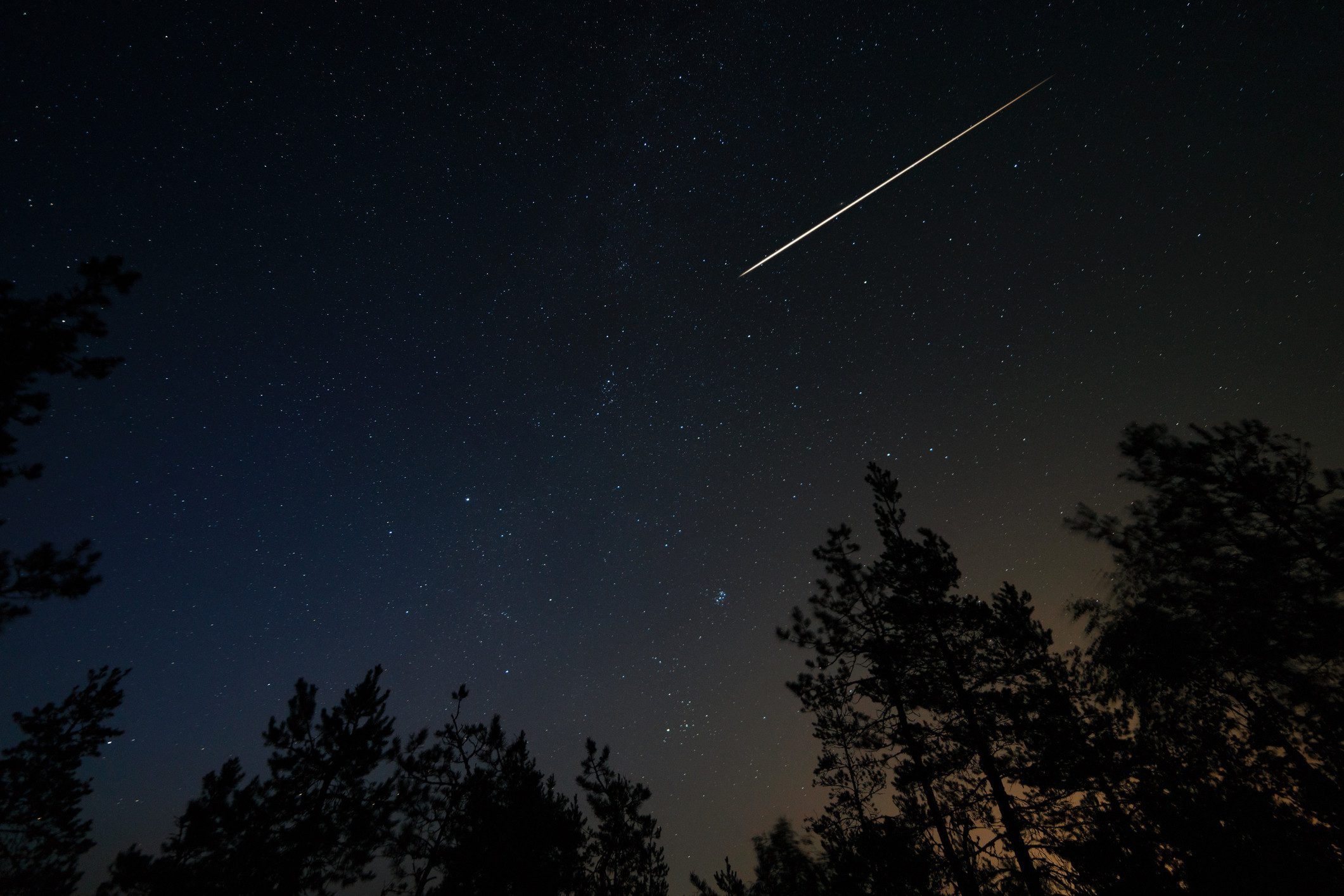An ancient meteor shower will reach its annual peak the evening of Friday, April 22, just in time for Earth Day. According to NASA, stargazers will be able to check out the Lyrid meteor shower, which has been visible for over 2,600 years.
Space.com reports stargazers have been going through a drought of shooting stars since January. The arrival of the Lyrids breaks the three-month shooting star drought. The event’s peak comes on Friday night, with the number of shooting stars slowing down by Saturday morning.
The Lyrid meteor shower is one of ten principal meteor showers arriving each year. The fifteen weeks between the Quadrantid meteor shower and the April Lyrids is one of the most extended breaks of the year. The arrival of the Lyrids is one of the most anticipated of the year for astronomers.
A spectacular show, the Lyrid meteor shower brings between ten and twenty shooting stars per hour to the sky in the Northern Hemisphere. The shower produced as many as 100 shooting stars per hour in 1922.
The first record of the shower is from China in 687 B.C. The peak will last a few hours, with the best times to view the shooting stars between 11 p.m. and 2 a.m. on Friday. The show was also visible on Thursday evening.
Astronomers believe the best option for enjoying the flurry of shooting stars is to view the sky away from bright street lights, as light pollution can limit the view of the meteor shower.
During mid-April, Earth runs into the debris of Comet Thatcher, resulting in the Lyrid meteor shower.
You can tell if a meteor belongs to a specific shower by tracing its path backward to see if it originates near a particular point in the sky, known as the radiant. The shower gets its name from the constellation in which the radiant is located. In the case of the Lyrid, the radiant is located near the constellation Lyra.
If the weather does not allow for viewing the Lyrid meteor shower, the wait for the next celestial event will not be too long. May’s Aquarid meteor shower is just around the corner.






